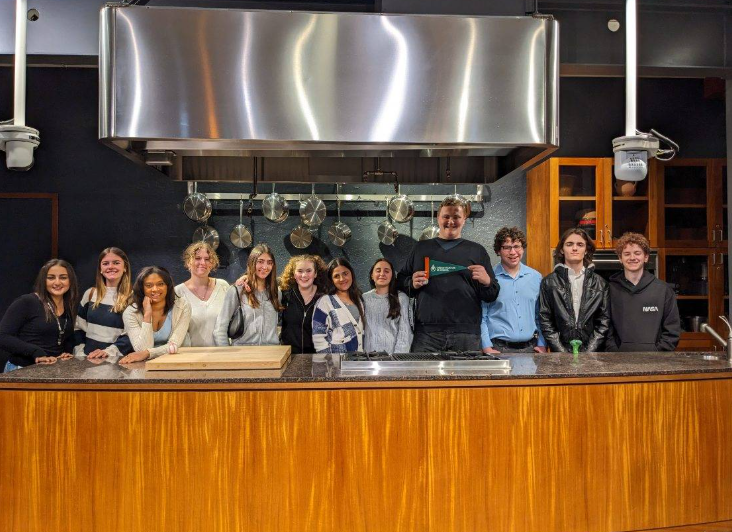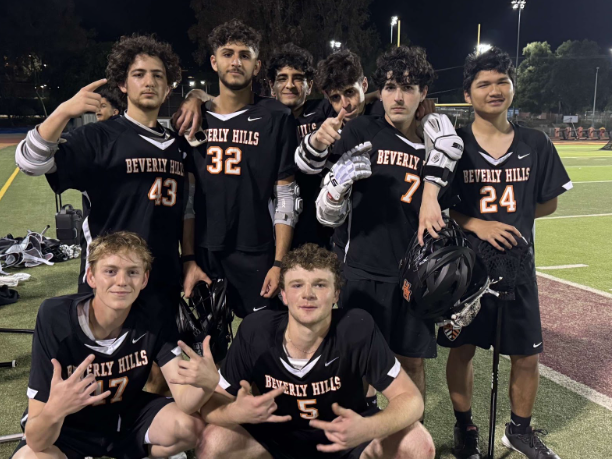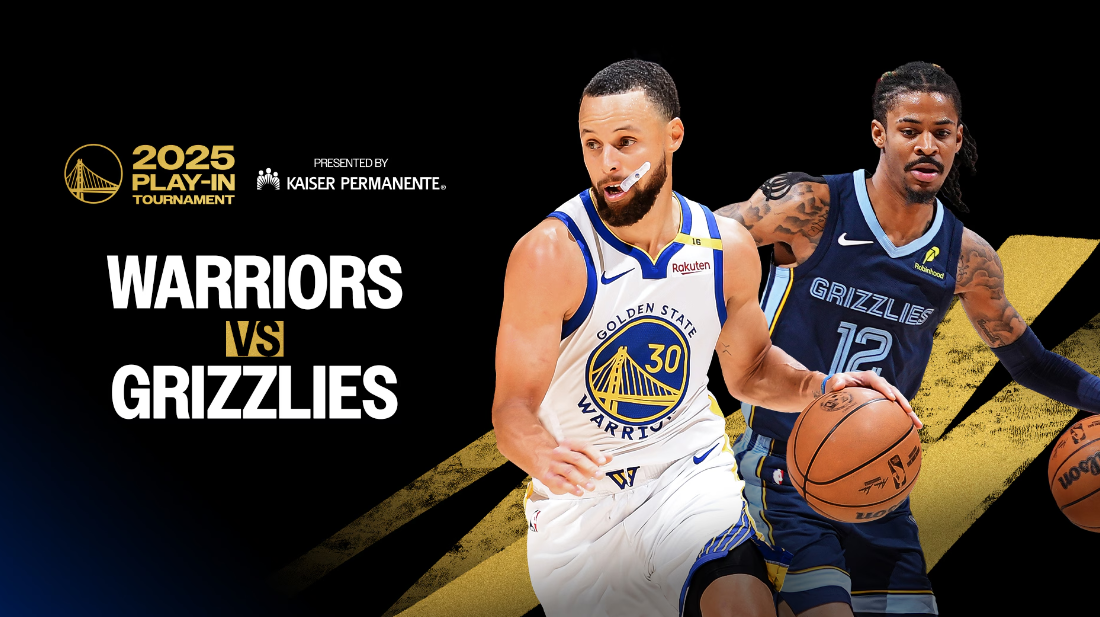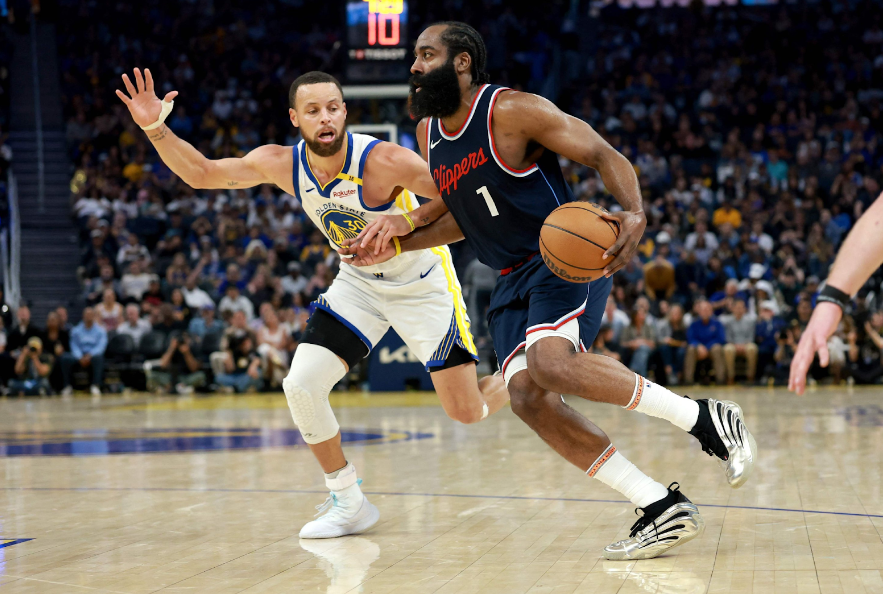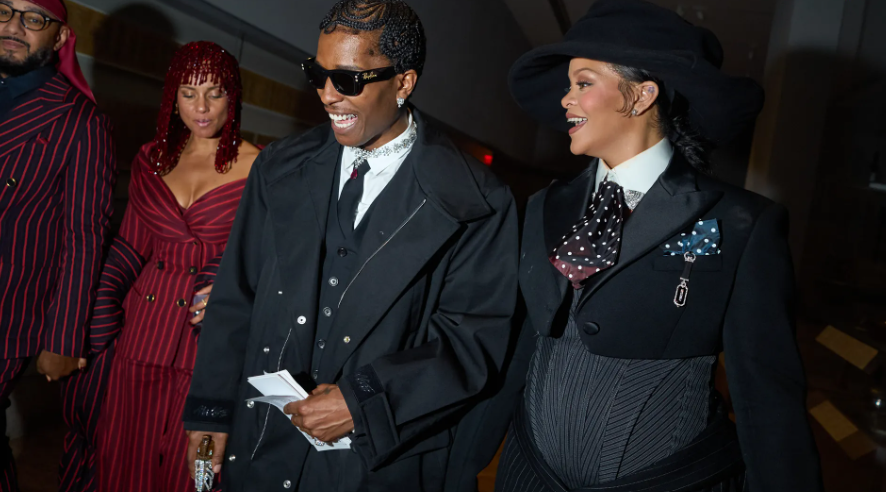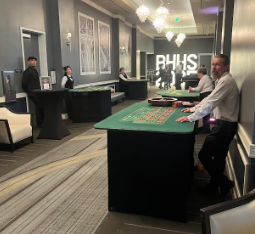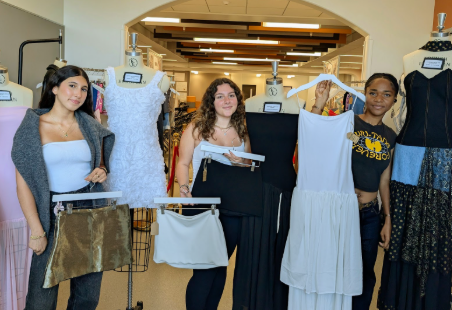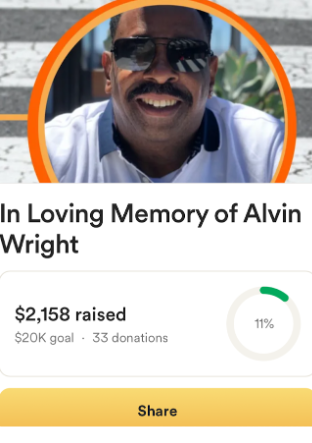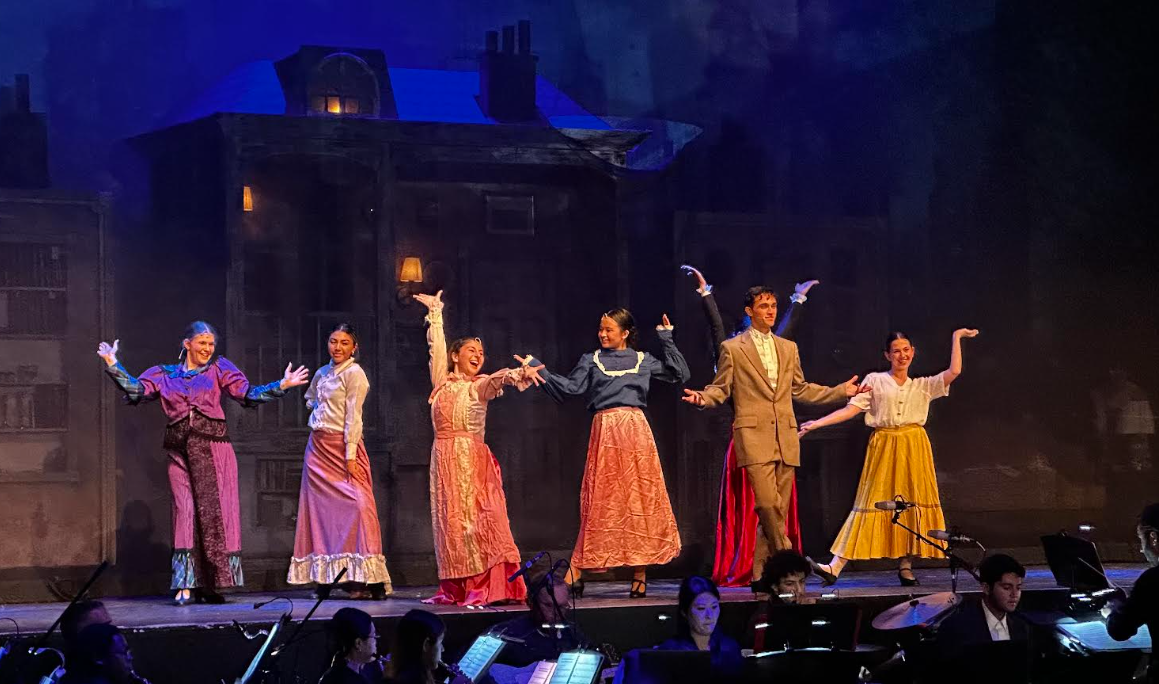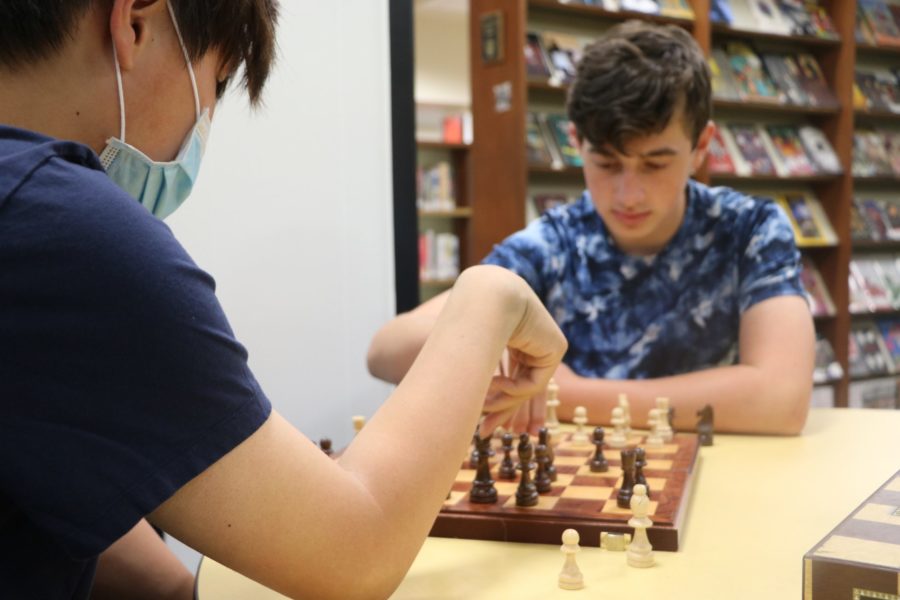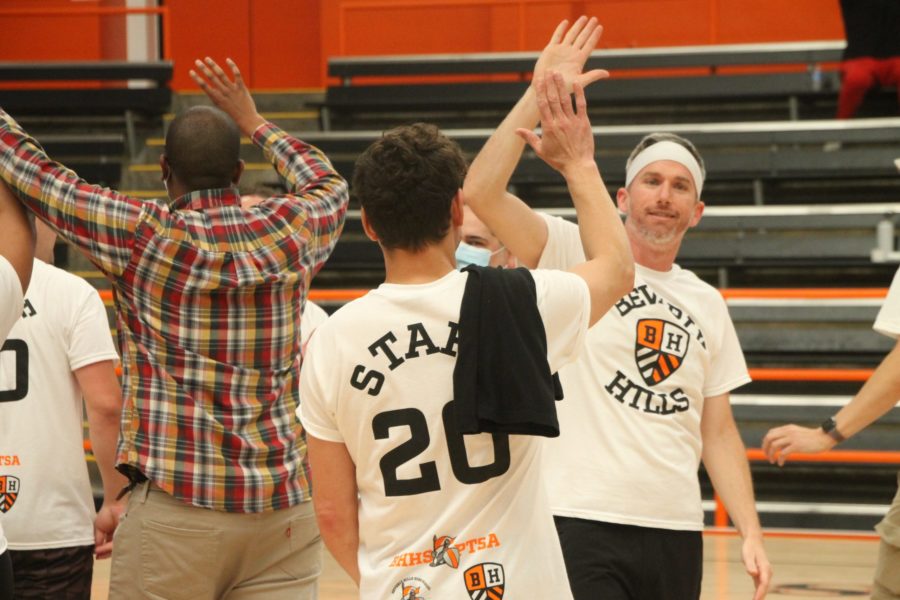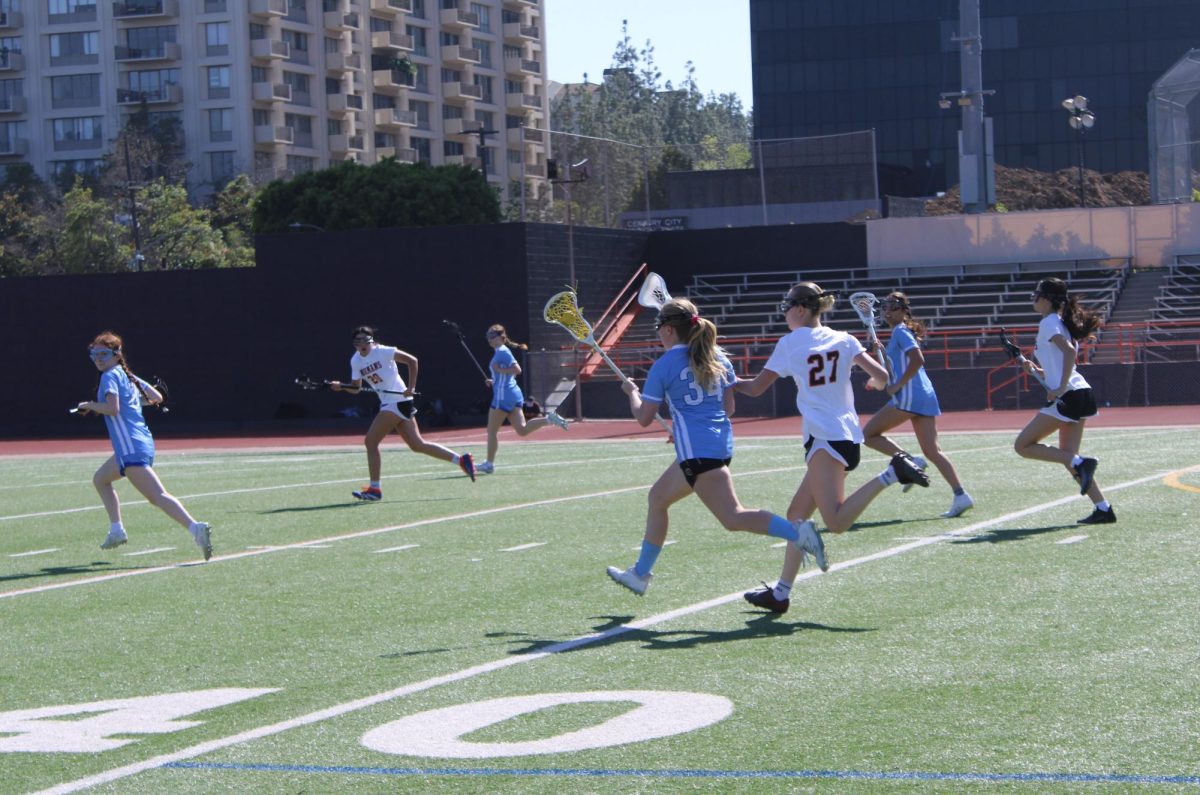As seen in the Dec. 16 issue
Danny Licht, editor-in-chief
If you spend any time on the football field’s artificial turf, then you know its tiny black rubber pieces intimately. They’re in your shoes and in your socks, in your room and on the carpet. The turf replaced the field’s natural grass in 2006, and though the omnipresence of those dark prickly cubes is irritating, the field offers various benefits.
Artificial turf doesn’t use the potentially dangerous pesticides that real grass sometimes does. In the rain it doesn’t get muddy, thereby increasing playability and decreasing the potential for injury. It saves water, too, which is good for both the environment and the school’s tight budget. Also good for the budget is the decreased need for maintenance, though artificial turf does require some maintenance, according to Chief Facilities Officer Charlotte Clement, who is responsible for sports facilities’ lifecycle replacement.
“Though mowing is not required for synthetic fields,” Clement said, “regular maintenance is needed.”
This upkeep includes grooming and the removal of debris and gum, processes that real grass naturally takes care of. In addition, synthetic fields have a wear cycle of 10 years; replacement is scheduled to occur sometime between the field’s 10th and 15th years (i.e., between 2016 and 2021).
While synthetic fields might be more cost effective in the long term, they’re expensive to install.
“The BHHS lacrosse field is grass because the district does not have money to replace the field with a synthetic field,” Clement said. “A field the size of the lacrosse field would cost approximately $500,000 — not including architect, DSA [Division of the State Architect] plan review, testing, and inspection fees — to convert from natural grass to synthetic.”
In addition to their economic benefits, some athletes, such as varsity soccer player senior Daniel Kahn, believes that artificial turf is “vastly superior” to regular grass for sports.
“There’s no dirt or mud,” he said, “and the whole field is level, too.”
Senior Yaniv Sadka, who plays varsity lacrosse, prefers the the synthetic turf as well for it “has a predictable bounce for the ball” and “provides traction for cleats.”
“The lacrosse field is mainly dirt, rocks and mud which makes running and practicing extremely dangerous and ineffective,” he said.
The lacrosse field, which is supposed to be growing grass, “isn’t well maintained,” he said.
The boys lacrosse team heads down to the football field for its games.
Though many student-athletes believe that the turf offers advantages that real grass does not, synthetic turf can pose health risks. Some brands of the turf contain toxic chemicals that can be released during harsh rain or sunlight, and the dust emitted by the ground-up tires can irritate asthmatics. Plus, the synthetic turf kills all underlying organisms, which makes regrowing real grass impossible should the school decide to change the terrain. Although Sprinturf, Beverly’s brand of turf, does contain toxic material, the toxicity has been found to be minimal enough to be safe.
Categories:
Artificial turf offers benefits but at a price
December 16, 2013
0
Donate to Highlights
$125
$1000
Contributed
Our Goal
Your donation will support the student journalists of Beverly Hills High School. Your contribution will allow us to purchase equipment and cover our annual website hosting costs.
More to Discover



